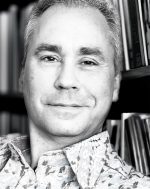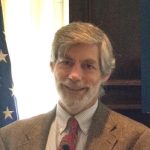Amount funded: $19,942
Project Personnel:
PI: Jonas Rubenson, Department of Kinesiology, College of Health and Human Development
Co-PI: Stephen Piazza, Department of Kinesiology, College of Health and Human Development
Co-PI: Rudolf Schilder, Departments of Biology and Entomology, Eberly College of Science and College of Agricultural Sciences
Co-PI: Timothy Ryan, Department of Anthropology, College of the Liberal Arts
Co-PI: Philip Reno, Department of Anthropology, College of the Liberal Arts
Two primary goals will be addressed in this research project. The first goal tests hypotheses about the nature of musculoskeletal adaptations to habitual running and load carrying exercise during growth in a bipedal species, the guinea fowl, Numida meleagris. Specifically, how do localized tissues experience a mechanical load stimulus, irrespective of a central metabolic stimulus and, beyond traditionally studied bone and muscle accretion, what changes in skeletal morphology and muscle architecture appear to reflect functional demand? The second goal is to extend this new collaborative work between PIs in an NSF or NIH application cementing ongoing research, educational and outreach initiatives.












